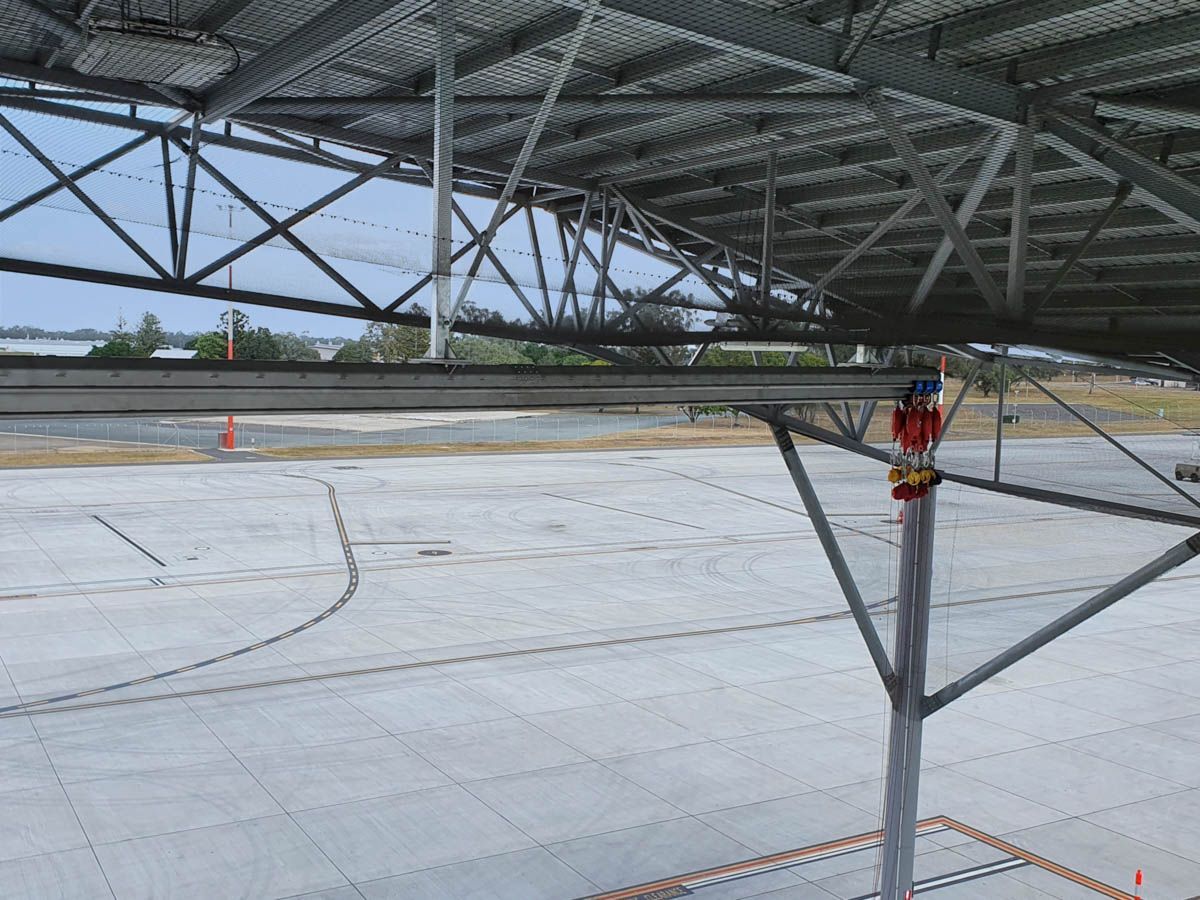Fall Prevention, Fall Arrest and Fall Restraint
Fall prevention, fall arrest, and fall restraint each work differently. Understanding each one helps you choose the right system.
The right system reduces risk, improves compliance, and keeps workers safe.
Height safety training from a Registered Training Organisation (RTO) supports this by providing hazard assessments and control measures that meet Work Health and Safety (WHS) requirements. Combined with the right safety equipment, these systems form the foundation of effective height safety.
This guide explains each system, how it works, and when to use it, starting with fall prevention.
FALL PREVENTION SYSTEMS
Stopping Falls Before They Happen
Fall prevention systems use passive measures to stop falls before they happen. Guardrails don’t require a worker to connect or prepare, but they are often the most expensive option.
When planning a fall prevention system, assess how often access is needed and how many people will be working there.
FALL ARREST SYSTEM
Stopping a Fall
Designed to safeguard workers once a fall has occurred, fall arrest systems represent the least preferred and highest risk option. It's crucial to have a meticulously prepared rescue plan in place when utilising a fall arrest system.
There are two main types of fall arrest systems: general and personal. Personal systems incorporate equipment like harnesses and lanyards with shock absorbers, while general systems include safety nets and catch platforms, often used alongside scaffolding.
FALL RESTRAINT SYSTEM
Preventing Workers From Reaching the Edge
Fall restraint systems physically prevent workers from reaching and potentially falling from an edge.
Various types of fall restraint systems exist, typically involving the worker's connection to a roof anchor point via a lanyard.
Examples include overhead rail, roof rail, and staticline systems, suitable for situations where workers need more freedom of movement. Single-point anchors, ideal for smaller, clearly defined work areas.
Choose a system that matches the work area’s safety, access, and operational needs, with the end user in mind.
Understanding fall prevention, fall arrest, and fall restraint systems is key to effective height safety. Choosing the right system helps prevent accidents and keeps workers safe.
THE SAFETYLYNE WAY
Practical, tailored solutions for safe access
At Safetylyne, we establish and develop cutting-edge roof safety and maintenance access solutions for our clients' evolving needs. We are your trusted partner offering specialised insights into
proprietary engineered systems
and
custom access solutions. Our mission is to simplify the complexities encompassing access solutions.
Get in touch with Safetylyne,
experts in height safety, today to explore tailored solutions for your height safety and maintenance access needs.
info @safetylyne.com.au | 1800 666 86
